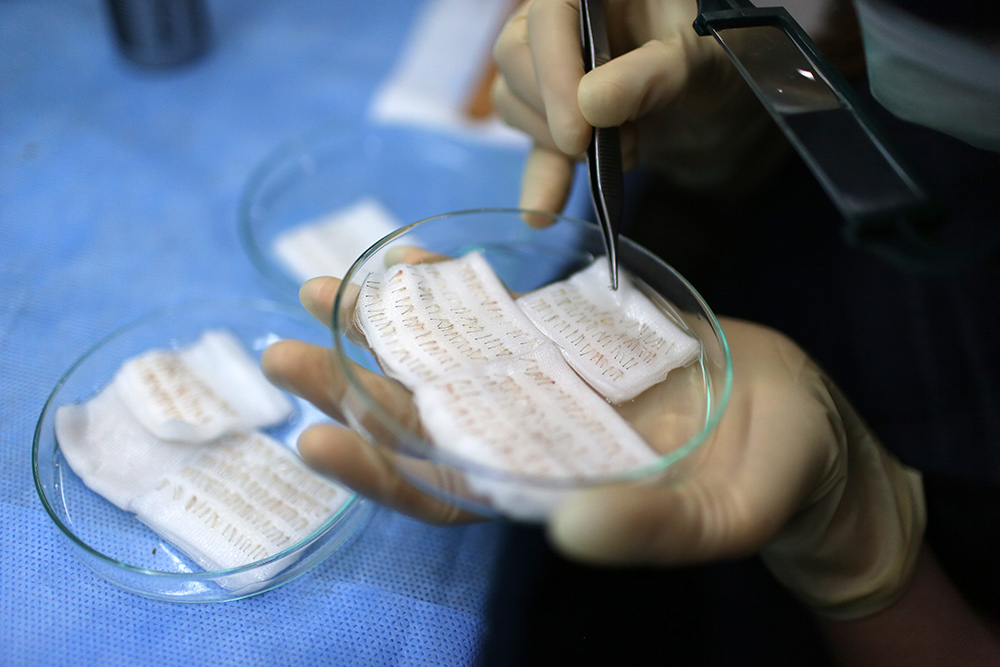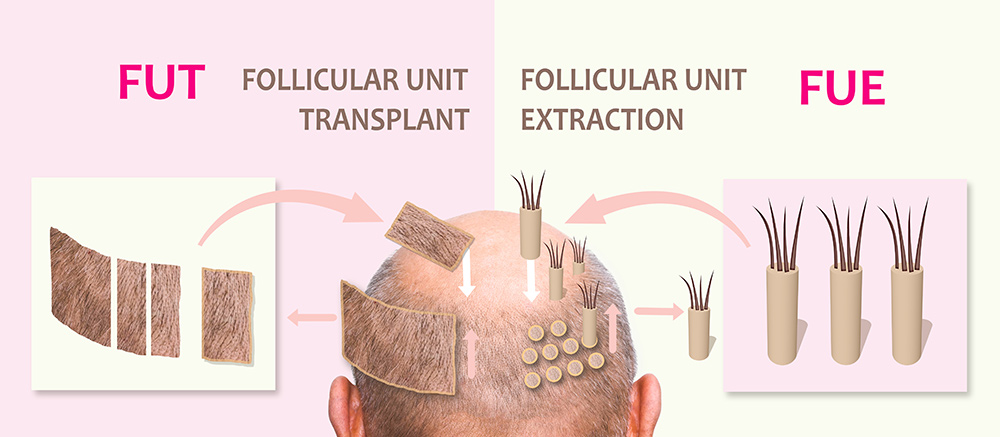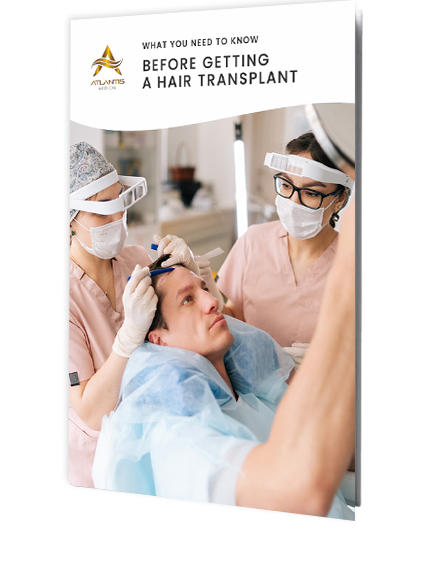How Do Hair Transplants Work? A Beginner’s Guide to Getting Your Hair Back
- July 29, 2025
- Dr. Vikram Jayaprakash
Last updated on August 12, 2025
Table of Contents
ToggleHair Loss Is Common — So Are Questions
If you’ve noticed your hairline shifting or a thinning patch that wasn’t there last year, you’re not alone. Hair loss is incredibly common, especially among men in their 20s and 30s. But when someone first mentions a “hair transplant,” most people don’t know what that actually means — or whether it works.
This latest blog is here to clear things up. Whether you’re just starting your research or seriously considering treatment, we’ll explain — in plain terms — how hair transplants work and why they’ve become one of the most reliable hair restoration options available today.
The Basics: What a Hair Transplant Really Is
A hair transplant isn’t about artificial hair or quick fixes. It’s a medical procedure that involves relocating your own healthy hair follicles — usually from the back or sides of your head — to areas that have thinned out or gone bald.
As the transplanted hair is your own, it continues to grow just like it did in its original location. You can wash it, cut it, style it — it behaves exactly like the rest of your hair. This makes a hair transplant one of the most natural and long-lasting ways to restore hair growth.

Why It Works: Simple Science, Real Results
Hair loss is often linked to a hormone called DHT, which causes follicles in certain parts of the scalp to shrink over time. However, the follicles at the back and sides of the head are usually resistant to DHT. That’s why even men with noticeable thinning on top often still have dense growth at the back.
A hair transplant works by moving these DHT-resistant follicles into thinning areas, and here’s the key: they keep their resistance. This is what makes transplanted hair a permanent solution for many patients. It’s not about adding hair — it’s about redistributing the hair you already have, in a smarter way.
What a Hair Transplant Can — and Can’t — Do
Hair transplants are highly effective, but they’re not the right option for everyone, and they’re not a cure-all.
What it can do:
- Restore natural hair growth in specific areas (like the crown or hairline)
- Improve overall hair density
- Offer a long-term solution using your own follicles
What it can’t do:
- Prevent future hair loss in untreated areas
- Create hair where no suitable donor follicles exist
- Instantly reverse years of thinning overnight
A well-executed transplant can make a noticeable difference, but it works best when part of a tailored, long-term approach to managing hair loss.
Understanding the Methods: FUE vs FUT
There are two main techniques used in modern transplants: FUE (Follicular Unit Extraction) and FUT (Follicular Unit Transplantation).
- FUE involves removing individual follicles directly from the donor area. It leaves tiny dot-like marks that are usually barely visible once healed.
- FUT involves removing a thin strip of scalp, which is then divided into individual grafts under a microscope. This method can be more efficient in some cases, especially where large numbers of grafts are needed.
We offer both techniques at Atlantis Medical and choose the method that best suits each patient’s needs. Factors like scalp condition, hair type and desired result all influence which approach is recommended.

The Appeal: Natural, Personalised and Patient-Focused
A growing number of men in their 20s and 30s are turning to hair transplants because they want something real, low maintenance and most importantly, their own hair. What sets a good result apart isn’t just the technique, but the planning behind it. The angle of each graft, the density and the way the new hairline matches your face all matter.
That’s why we choose to operate on just one patient per day — to give each procedure the time and focus it deserves. This isn’t about trends or cosmetic add-ons. It’s about rebuilding what’s already yours, in a medically sound way.
Still Not Sure? Ask Yourself These Questions
Before you dive deeper into treatment options, it helps to pause and reflect:
- Is your hair loss stable, or still progressing quickly?
- Are you looking for a permanent, low-maintenance solution?
- Do you have good donor hair at the back or sides?
Are you okay with a procedure that involves some downtime?
If you’re unsure how to answer these, you’re not alone. That’s exactly where a consultation with a medical professional comes in — to assess your hair, your goals and your suitability for transplant surgery or alternative options like low-level laser therapy or hair loss medication.
Final Thoughts: Knowledge Comes First
Hair transplants aren’t a quick fix, but they do offer something many other solutions don’t: a chance to grow your own hair back in a way that’s natural, sustainable and medically backed.
Understanding how hair transplants work is the first step. From there, it’s about exploring what makes sense for you — your hair, your lifestyle and your future.
How to Book a Consultation
Booking your consultation is simple.
- Call us on (03) 9070 5234
- Contact us via our website
- Email us at enquiries@atlantismedical.com.au
- Or visit us at Level 2, 148 Glenferrie Road, Malvern, Vic 3144
Opening Hours
Mon – Fri: 8:30am – 5:00pm
Sat – Sun: Closed
Frequently Asked Questions
What is the process of getting a hair transplant like from start to finish?
The process begins with a consultation to assess your scalp, hair pattern and goals. On the day of the procedure, healthy follicles are harvested and carefully implanted into thinning areas, followed by post-care and regular check-ins to monitor progress.
What should I expect from a hair transplant procedure in terms of recovery?
Most patients can resume light activities within a few days. Mild redness or scabbing may occur initially, with new growth usually starting around the three-month mark.
Is a hair transplant a permanent solution or will I lose the hair again?
Transplanted follicles are typically resistant to the hormones that cause hair loss, making the results long-lasting. However, surrounding areas may continue to thin over time if not addressed.
How do I know if I’m a good candidate for a hair transplant?
The best candidates have a stable pattern of hair loss and sufficient donor hair at the back or sides of the scalp. A consultation helps determine whether surgical or non-surgical options are more appropriate for your situation.
What happens after a hair transplant and when will I see results?
It’s normal for the transplanted hairs to shed in the first few weeks. New growth begins gradually after a few months, with full results visible between 9 and 12 months post-procedure.
Any surgical or invasive procedure carries risks. Before proceeding, you should seek a second opinion from an appropriately qualified health practitioner.

About the Author
Dr. Vikram Jayaprakash
Dr. Vikram Jayaprakash is the Clinical Director of Atlantis Medical, one of Melbourne’s premier hair restoration clinics. Trained at the University of Southampton Medical School, he spent over a decade working alongside Dr. Russell Knudsen at the renowned Knudsen Clinic before establishing his own practice. As one of only three doctors in Australia to hold Board Certification from The American Board of Hair Restoration Surgery and one of two to attain Fellowship status with the International Society of Hair Restoration Surgery, Dr. Jayaprakash brings unparalleled expertise to every procedure.
Categories
Categories
- Female Hair Loss (5)
- General (3)
- Hair Health (3)
- Hair Loss (9)
- Hair Loss Treatment (7)
- Hair Transplant (18)
- Male Hair Loss (8)
- Non Surgical Treatments (1)
- Scalp Health (1)






